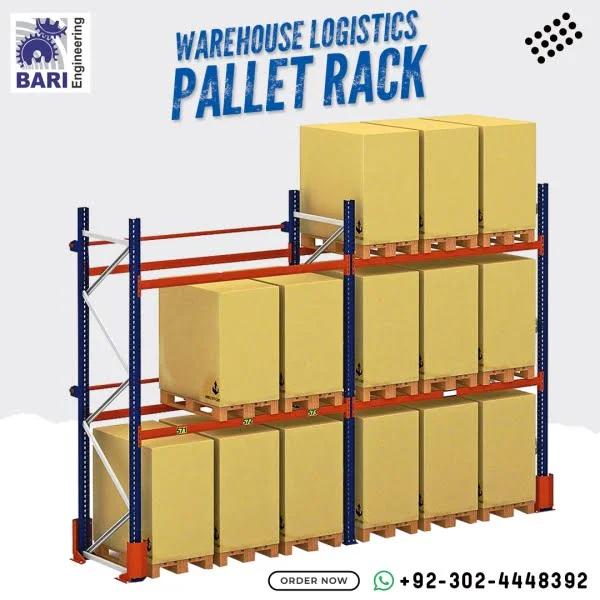Static Pallet Racks serve as stands for storing pallets. Each rack can effectively hold hundreds of pallets, depending on size. Pallet rack systems excel in managing space within warehouses or stores. These systems comprise multi-level structured units that hold stacks of heavy Static Pallet Racking, a popular storage method across various industries. A lot of warehouses store their products on Pallet Rack Beams. Every supplier requires an efficient way to store fresh fruit or microwave ovens on these trays.

